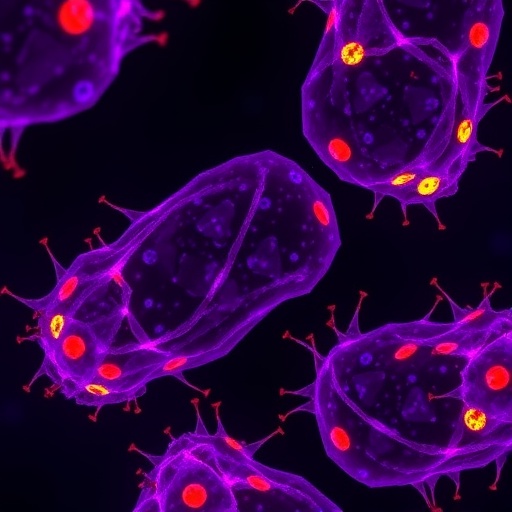For the first time, scientists have created a scavenging molecule that provides long-lasting preventative protection against toxic nerve agents in rodents. Their therapy represents a major breakthrough in the field – as researchers have unsuccessfully spent 60 years in search of numerous effective approaches – and lays the groundwork for treatments that could shield at-risk individuals from these highly dangerous poisons, many of which are used in chemical warfare and as pesticides. Organophosphates are a family of chemicals that block the communication between nerves and organs, resulting in muscle paralysis and death due to impaired breathing. Pesticides containing organophosphates cause 200,000 poisoning deaths per year in developing countries, and the compounds have also been repurposed into extremely toxic nerve agents such as sarin (used in terrorist attacks and in the Syrian civil war) and VX. Such toxins cause death within minutes when inhaled or exposed to human skin, making it difficult to successfully treat patients after exposure. The concept of a preventative “bioscavenger” that breaks down organophosphates in the bloodstream prior to exposure was proposed decades ago, and since then most candidates in development only provided protection for brief periods. To address these obstacles, Peng Zhang and colleagues developed a bioscavenger based on an enzyme named OPH, which can decompose nerve agents into biologically harmless molecules. One single preventative treatment subsequently protected rats from multiple exposures to organophosphates for up to five days, and provided safe and near-total protection to multiple sarin injections in guinea pigs for eight days (the equivalent of weeks to a month in humans). The authors say further research is necessary to determine the compound’s long-term efficacy and safety in a large animal model, but it could have translational potential to fulfill unmet needs in both medical and military applications.
###
Media Contact
202-326-6440
[email protected]
http://dx.




